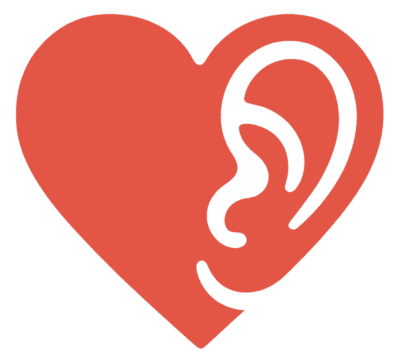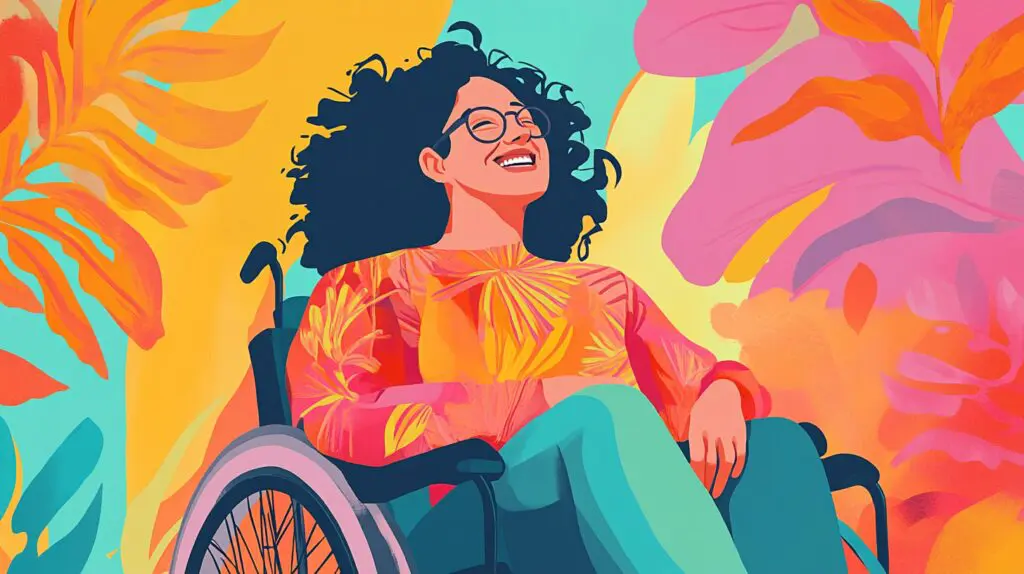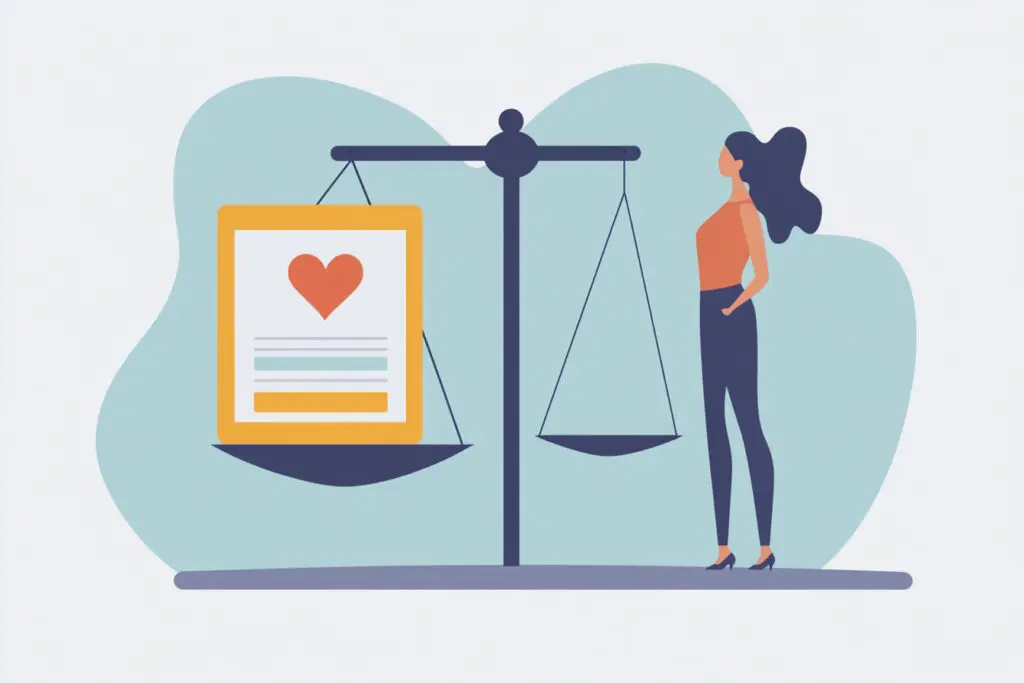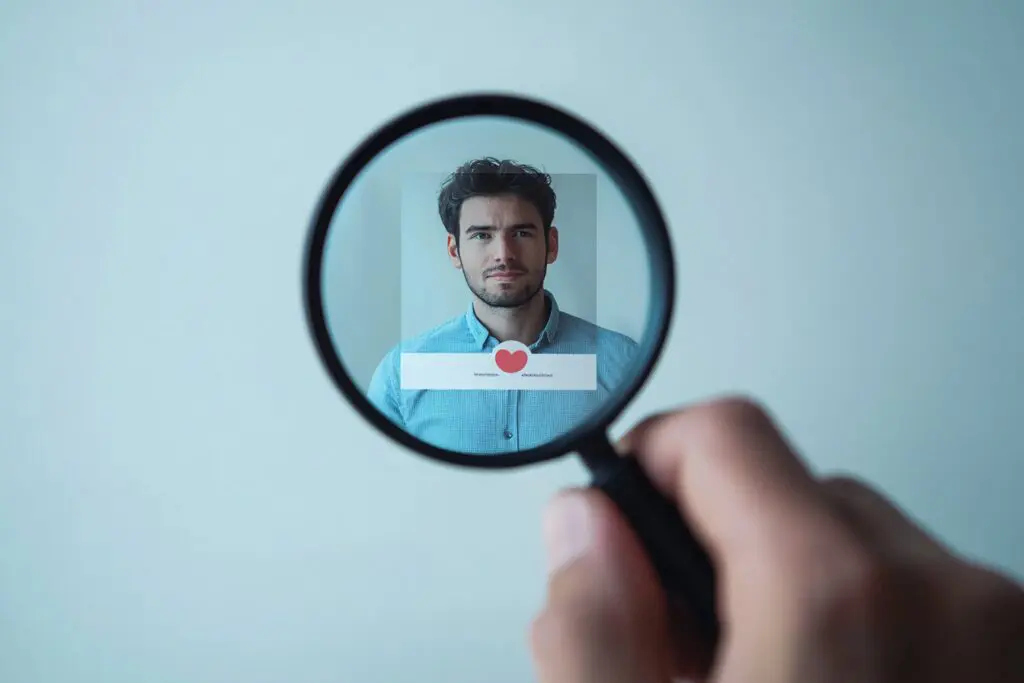Alright, let’s have a real chat. Putting yourself out there online – whether it’s dipping your toes into dating apps, building professional connections, or just finding your people socially – takes guts. It just does. And look, if you’re a woman who deals with a disability, that whole vulnerability thing can feel like it’s on a whole other level sometimes. Maybe you stress about people judging, not getting it, or just being plain clueless. It’s rough. But here’s a truth bomb you gotta hold onto: your disability? It’s part of your story, for sure, but it’s definitely not the whole story.
It doesn’t cancel out all the other awesome, messy, brilliant things that make you, you. Making a profile isn’t about shrinking yourself or feeling like you owe strangers a full explanation. It’s just about showing up – as yourself. Confidently. So, if you wanna figure out how to make a profile that feels real and lets you shine through, stick around. These 15 Authentic Profile Tips for Women with Disabilities are meant to help you walk into that online space feeling good and ready to connect with people who actually see you.
Owning Your Narrative: Mindset Matters Most
Before you type a single word or upload a photo, the real work starts inside. How you think about yourself and your place online shapes everything.
- Remember Your Worth Isn’t Tied to Ableist Standards: This world wasn’t exactly built with disability in mind, and sometimes that seeps into how we feel about ourselves. But listen: your value as a person has zero to do with outdated, ableist ideas of what a body “should” do or look like. You are whole and worthy, full stop. Let that be your foundation.
- Focus on Your Strengths and Passions: Think about it: what makes you tick? What are those things only you bring to the table? Maybe you have a wickedly dry sense of humor, maybe you’re the go-to person for untangling headphone cords (a real skill!), maybe you can geek out about obscure history facts for hours, or maybe you’re just really, really kind. Whatever it is, let that stuff come forward. Your disability is part of your story, but it’s not the headline unless you want it to be.
- Decide What “Authentic” Means to You: Authenticity isn’t about baring your entire soul or medical history to strangers online. It’s about feeling truthful and comfortable in how you present yourself. What parts of your life and personality feel important to share right now? What feels right for you? That’s your compass.
To Disclose or Not? Making the Call
This is often the big question, the elephant in the room. When, if, and how do you mention your disability? There’s no single right answer, but here’s how to think about it:
- It’s Entirely Your Choice (No Right/Wrong Answer): Seriously. Anyone who tells you that you must or must not disclose upfront doesn’t get it. This is your personal information and your decision. You get to control your narrative. Period. Don’t let anyone pressure you either way.
- Consider Why You Might (or Might Not) Disclose Early: Think about your goals. Disclosing upfront might weed out ableist folks quickly (saving you time and energy!). It can feel empowering to own it. Or, you might prefer to connect based on shared interests first and discuss disability later, once trust is built. Maybe it depends on the platform (dating vs. professional). Reflect on what feels safest and most aligned with what you’re looking for.
- If You Disclose, Frame it On Your Terms: You don’t owe anyone a detailed medical history or a story framed by struggle (unless you want to share that!). You can be matter-of-fact (“Just so you know, I use a wheelchair”), weave it into your interests (“As a visually impaired foodie, I love exploring textures…”), or use humor if that’s your style (“My service dog has higher standards than I do”). Keep it brief and focused on you, not just the diagnosis.
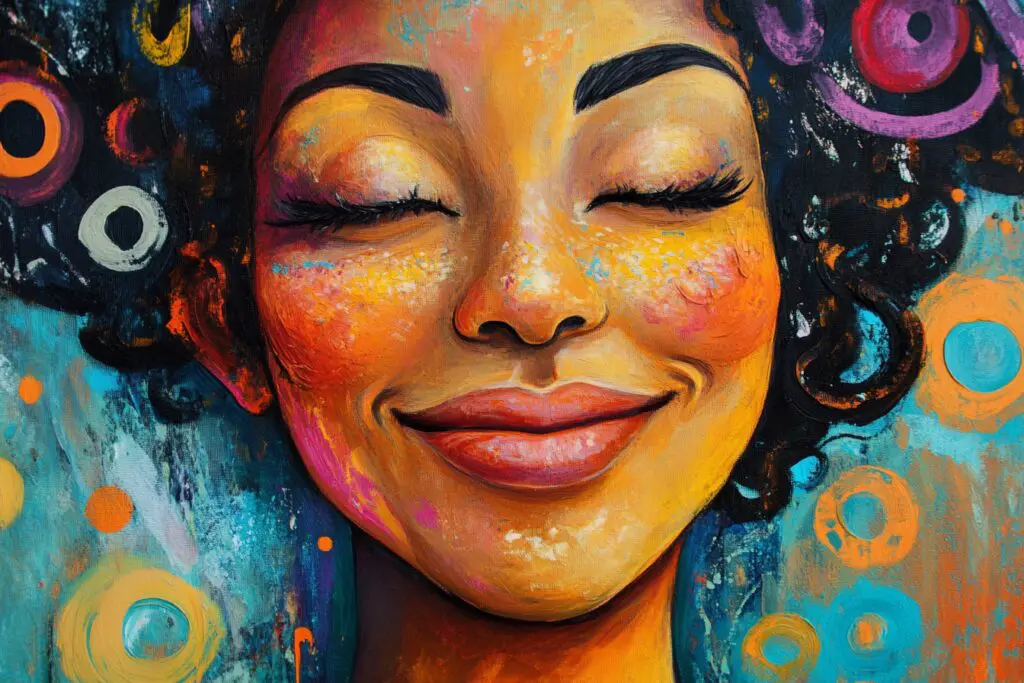
Painting Your Picture: Photos & Words
Okay, let’s get practical. How do you translate that authentic self into photos and a bio?
- Use Photos That Show Your Life & Joy (Mobility aids included? Your call!): Choose photos where you genuinely look happy and engaged. Show yourself doing things you love! If you use something like a wheelchair, a cane, or any other gadget that helps you move through the world, or if your disability is visible in other ways – you get to call the shots on whether it shows up in your main pics. Putting it right out there can feel really strong, like saying ‘Yep, this is me, deal with it’. But if you’re not feeling it, that’s okay too. Choose photos where you feel great looking at yourself.
- Showcase Your Personality Beyond Disability: Make sure your photos and bio reflect the whole you. Include snaps with friends or family (if you’re comfortable), pics related to your hobbies, shots that capture your unique style or sense of humor. Let people see the breadth of who you are.
- Write a Bio That Reflects Your Voice: Don’t try to sound like some generic profile template. Write like you talk. Are you funny? Nerdy? Outdoorsy? A homebody? Let your natural voice come through. That’s what will attract people who genuinely vibe with you.
- Be Honest (But Only Share What Feels Right): Being real doesn’t mean you have to dump your entire life story on the internet right away. It’s more about being truthful in what you do share – about what you like, what you’re looking for, the stuff that makes you tick. If you do decide to mention your disability, just say it in a way that feels comfortable and straightforward for you. You find your own balance between open and private.
- Inject Humor If That’s Your Vibe: If humor is part of how you cope or just who you are, let it shine! A witty observation or a bit of self-deprecating humor (if that’s genuinely your style, not forced) can be incredibly endearing and break the ice. Sometimes laughing about the awkwardness makes it less awkward.
- Specifics Make You Real (Hobbies, Interests): Instead of “I like reading,” try “I’m currently lost in a fantasy epic” or “Ask me about my favorite historical non-fiction.” Instead of “I like movies,” mention a genre or director you love. Specific details give people hooks to start a real conversation.
Engaging Online: Safety and Connection
Your profile’s up! Now, navigating interactions requires confidence and self-protection.
- Trust Your Gut Instincts: If someone’s questions feel invasive, if their comments seem off, if you just get a weird feeling – trust it. That little voice in your head, that gut feeling? It’s probably your best guide for staying safe and feeling okay online. Listen to it.
- It’s Okay to Draw Your Line (Seriously!): Never feel bad about saying “Hmm, not really wanting to talk about that right now,” or “Whoa, that feels a bit personal.” You totally get to decide what you share and when. Think of it like putting up a velvet rope – you control who gets past it and when. People worth connecting with will respect your boundaries. Those who don’t? Not worth your time.
- Don’t Waste Energy on Ableism or Ignorance (Block Button is Your Friend!): You will likely encounter ignorance, invasive questions, or outright ableism online. It sucks, it’s unfair, but it’s often unavoidable. Remember: their ignorance is not your problem to fix. You don’t owe anyone an education (unless you want to provide one). Feel zero guilt about using that block button liberally. Protect your peace.
Creating an online profile as a woman with a disability is an act of showing up in a world that doesn’t always make space for us. But you belong in these spaces. Your story, your experiences, your whole self – they matter. Use these tips as a guide, trust your own judgment, and focus on creating a profile that feels like coming home to yourself. You’ve got this. Go ahead and shine, authentically and unapologetically.
Frequently Asked Questions
What are some tips for making my online profile feel authentic and true to me?
Be honest about what you want to share, including your hobbies, interests, and personality traits. Use photos that reflect your life and joy, and write in a voice that feels natural. Adding humor and specific details about your passions can make your profile more relatable and engaging.
How can I protect myself online while building connections?
Trust your instincts and listen to your gut feelings. Set boundaries by deciding what you are comfortable sharing and when. Don’t hesitate to block or disengage with individuals who show ignorance or disrespect, prioritizing your safety and peace.
What are effective ways to showcase my personality in photos and bios?
Use photos that show you happy and engaged in activities you love, reflecting your full personality beyond your disability. Write bios in your natural voice, include specifics about your hobbies and interests, and inject humor if that suits your style to attract genuine connections.
Should I disclose my disability in my online profile, and how do I decide when or how to do it?
Disclosing your disability is entirely your personal choice with no right or wrong answer. Consider your goals and comfort level, and if you choose to disclose, frame it in a way that feels natural for you, whether briefly or with humor. Disclose only when you feel safest and most authentic.
How can I maintain a positive mindset when creating my online profile as a woman with a disability?
Focus on your strengths and passions, recognize that your worth isn’t limited by ableist standards, and decide what authenticity means for you. Embracing your full self and feeling comfortable in your presentation helps establish a confident online presence.
